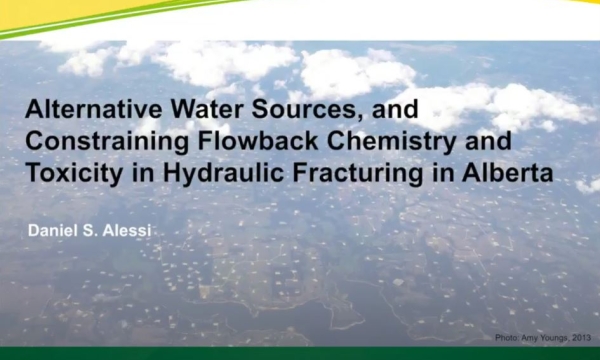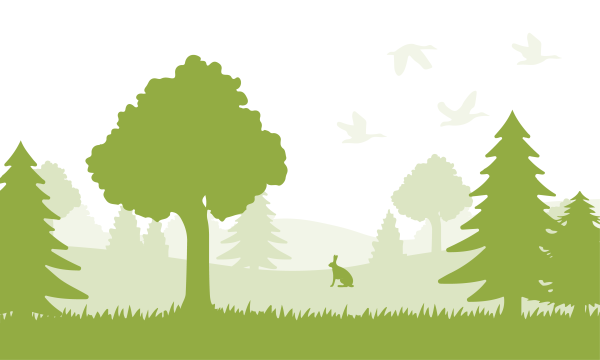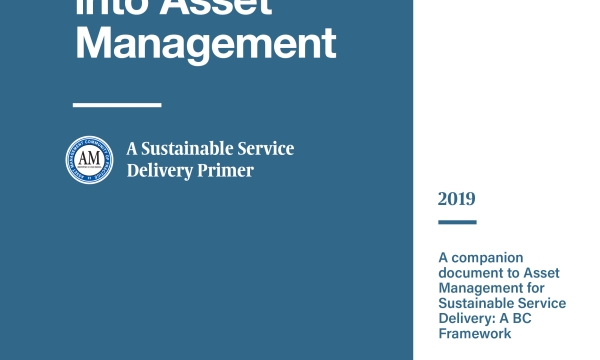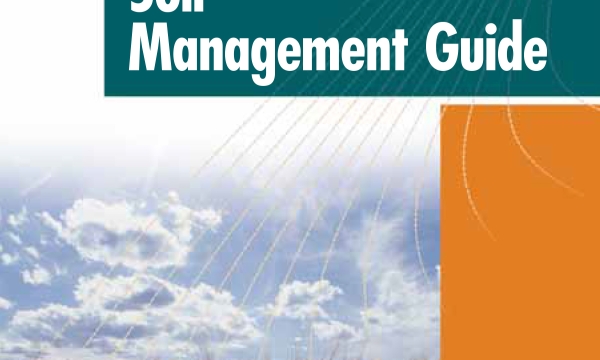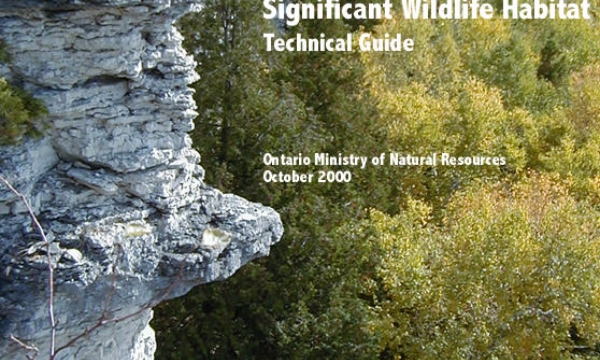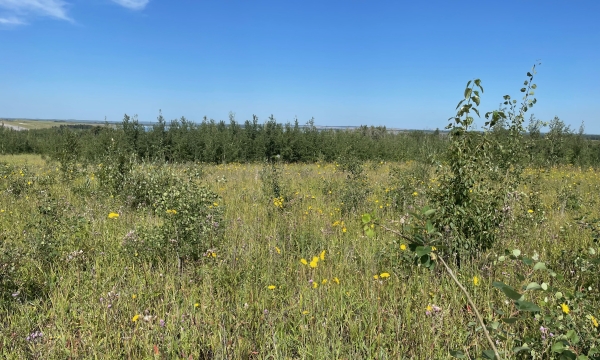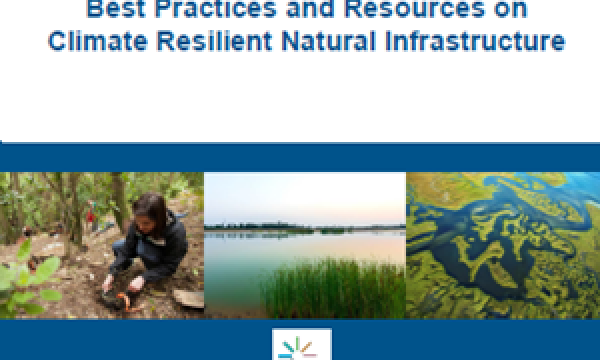Video - Alternative Water Sources & Constraining Flowback Chemistry in Hydraulic Fracturing in Alberta
Resource
This presentation was a part of the Petroleum Technology Alliance of Canada, Hydraulic Fracturing in Western Canada: an Environmental Perspective Forum, in May of 2014.


